How to start a garden from scratch: 10 Steps for beginner gardeners
 Lee Burkhill: Award Winning Designer & BBC 1's Garden Rescue Presenters Official Blog
Lee Burkhill: Award Winning Designer & BBC 1's Garden Rescue Presenters Official Blog

Gardening is a fabulous skill set that has a plethora of immeasurable benefits for both gardeners like you and Mother Nature. It offers nothing but positivity as you learn to grow, live with the seasons and improve your well-being. No one will tell you off even if you make a mistake gardening. The garden is a patient mentor. Learning how to start a garden will free up your mind, improve your mental health, teach life skills, and connect you deeply with nature.
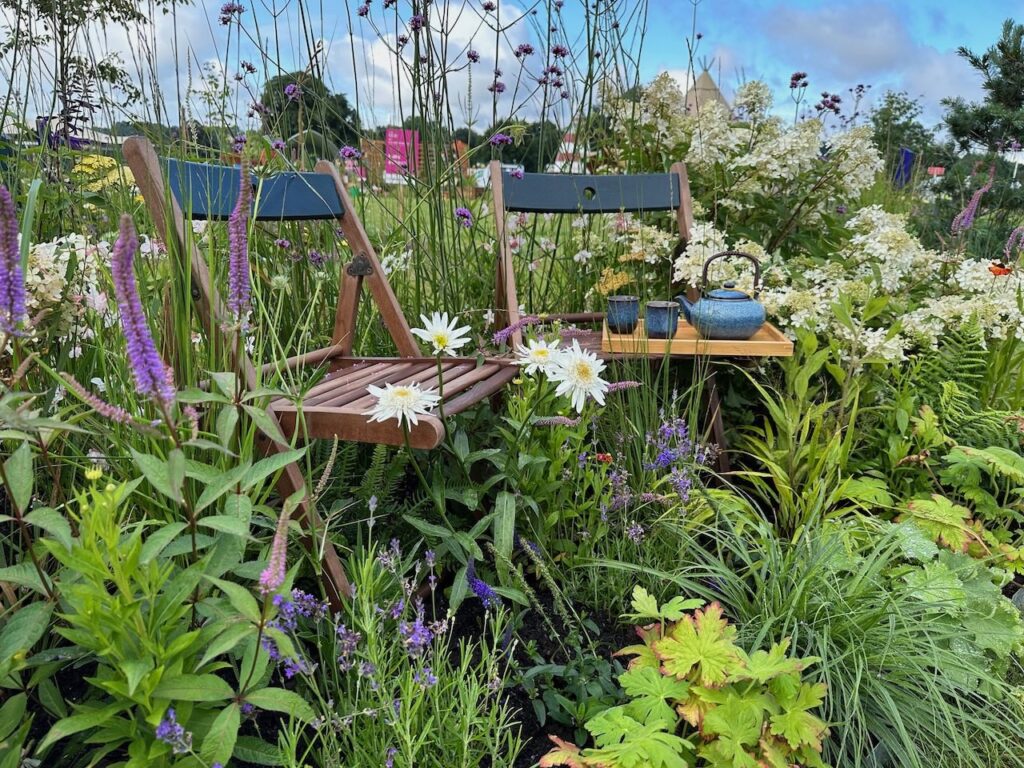
Whether watching wildlife take up home in your garden or simply the joy of watching plants germinate from seeds, gardening is a hobby, skill and profession that offers unrivalled enrichment. However, this vast skill set can be off-putting for beginners. Especially with knowing where to start!
Whether you're aiming for a colourful flower garden, a bountiful vegetable patch, or a tranquil herb sanctuary, the art of gardening begins with understanding the basics.
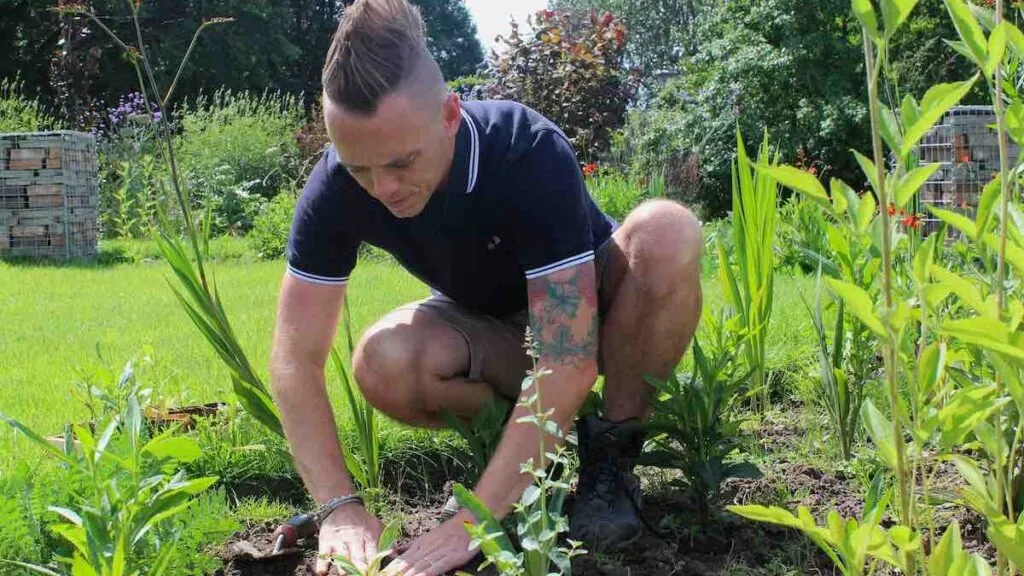
This comprehensive gardening guide will delve into the essential steps to help you kickstart your gardening journey and cultivate a flourishing outdoor sanctuary.
This page contains affiliate links for products I use and love. If you take action (i.e. subscribe, make a purchase) after clicking a link, I may earn some gardening commission which helps me keep the Garden Ninja Blog free for all.
The first place to start is your own garden, whether it's big, small, flagged, turfed, a balcony or a shared communal spade. Understanding your garden space is vital. If you just jump straight in buying plants, you are guessing, and the chances are things will go wrong, costing you money and time and knocking your confidence.
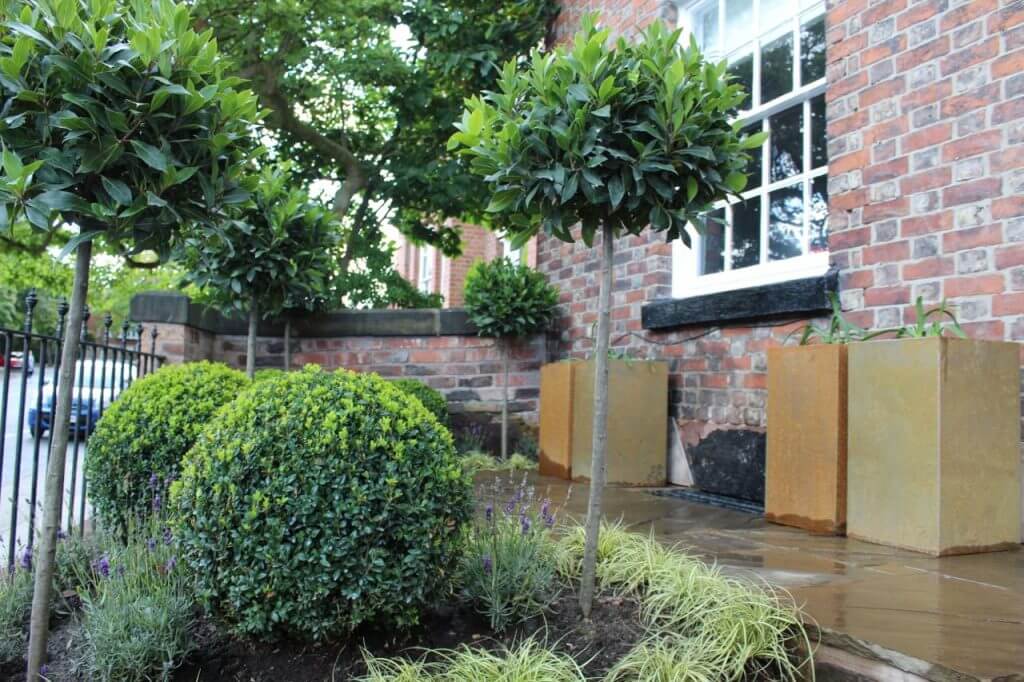
The best thing to do as a new gardener is to look at your garden, see what you are working with and make a note of the following:
Making notes of the above starts the ball rolling to understand what is possible and starts the journey of what plants will thrive in these conditions. Whilst you may want a certain group of plants in your garden, if the conditions don't favour them, then no matter how hard you try, these unsuitable plants will fail.
It is always best to work with the conditions of the garden you have got, not what the dream is that you've seen on Instagram!
The second step is to grasp the fundamentals of what all plants need to grow. By understanding the very basics of plants and how they survive and then thrive is essential. It means you can start to interpret which plant will grow well in each part of your garden.
The right plant in the right place needs very little else. Some may need the occasional plant feed or some pruning but little else if the right plants are chosen. They don't need watering nonstop or fussing once established. Ensuring that you have access to the above conditions wherever you plan to grow plants means you're off to a good start. i.e. you may need an outside tap or access to a water butt for growing.
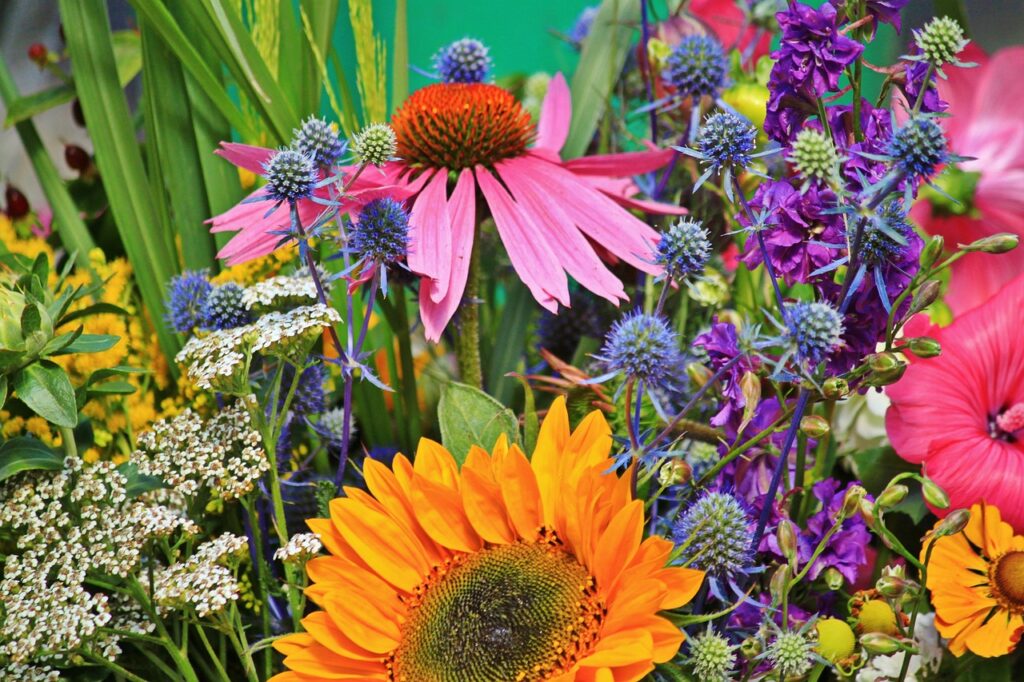
There are also two main seasonal classifications of plants:
There are two more broad types of plants below, but I'd advise you read my full guide to plant types here as well:
If you know your garden is in full sun and dry with sandy soil, then it's best to choose plants, trees, and shrubs that thrive in these conditions. By understanding, if they are evergreen, deciduous, perennial or annual, you know if they come back each year and what to expect in winter.
Applying the basics above also allows you to narrow down the plant search to specimens that like your garden conditions!
Did you know that you can take my online gardening course and learn how to become a Garden Ninja yourself? Click here for details
I talk about soil type in nearly all my lectures and TV work as a garden designer. Why? Because soil is the fundamental building block of any successful garden. It takes mere minutes to see what soil type you have, but you can save years of heartache by avoiding plants that don't thrive in your soil type.
There are three main soil types; you can usually work out which of the three below you have by grabbing a handful and squishing it together.
Make a note of the soil type and characteristics, i.e. crumbly, wet and fudgy or thin and dusty. Then, when it comes to picking plants, you can work with the soil type rather than fight against it.
Designing a well-thought-out garden layout sets the stage for a visually appealing and functional outdoor space. Carefully considering the layout and design of the garden allows you to get the very best out of your garden. Planning where things like patios, greenhouses, seating areas, and flower beds are going before you start digging can avoid costly gardening mistakes.
So many new gardeners have put a vegetable bed under a tree where it is in full shade or chosen the sunniest spot in the garden for a garden shed rather than a patio! So it is best to make these mistakes on paper and play around with where things are going to 'live' in your garden and then check that they are in the right place!
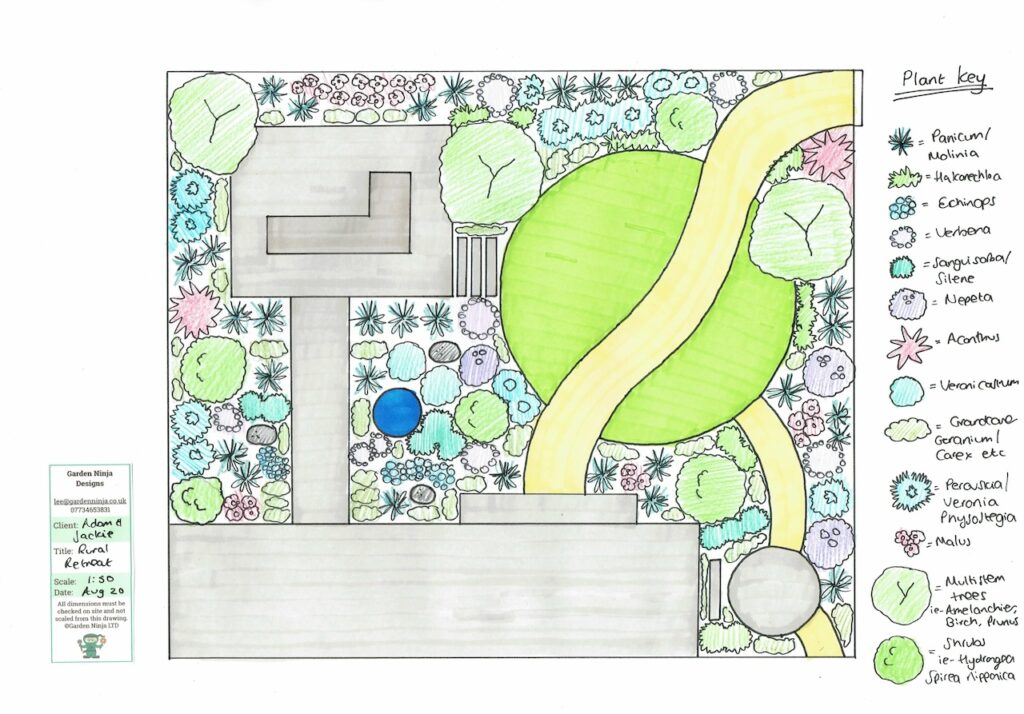
Sketch a rough plan of your garden area, considering factors like plant height, growth habits, and aesthetic appeal. Research which plants best suit this style based on the colours you like or the theme of the garden. Incorporate pathways or borders to define garden beds and facilitate access for maintenance tasks.
When it comes to garden styles or themes, there is a huge variety to choose from. It's always best to choose a theme and stick with it so your garden looks cohesive and not 'pick and mix'. You may be interested in viewing the following styles of garden design for inspiration:
Selecting the right plants for your garden is where the fun part starts! Think of it as a giant puzzle which you're going to solve by working out which plants will best survive and thrive in your garden. Then its a case of applying the style and layout in choosing the colours, textures and heights of these plants. It's probably the most exciting part of gardening for all seasoned gardeners!
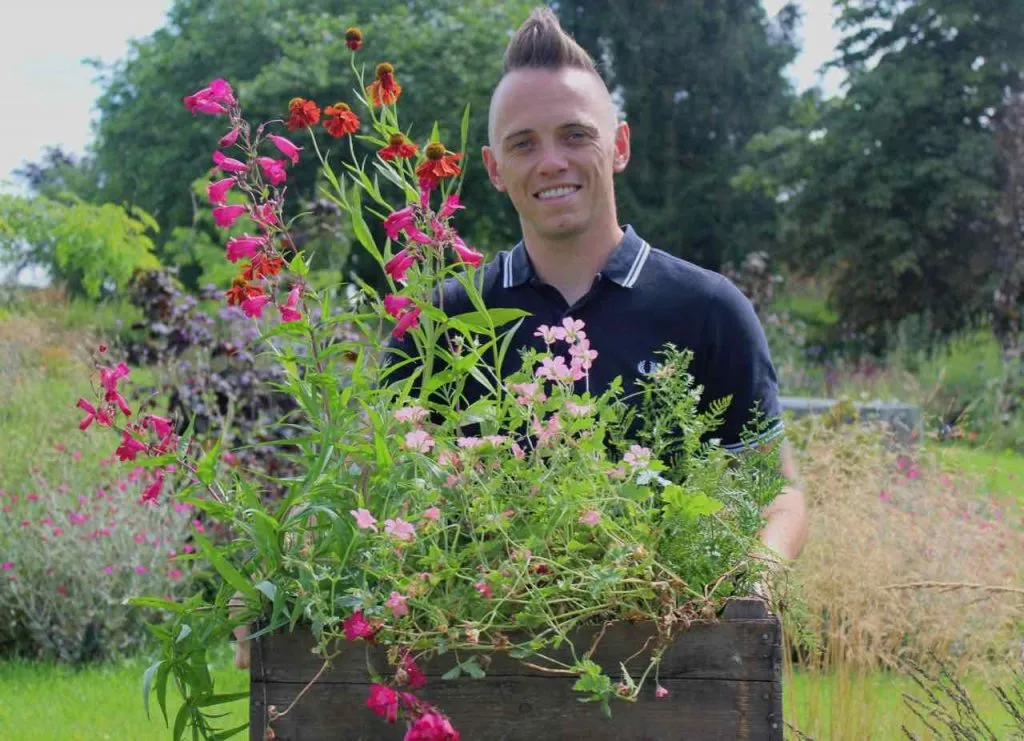
Research native and adaptive plant species that are well-suited to your local environment. These will be tougher and can cope with more neglect and less care for the beginner gardener.
Choose a mix of evergreen, deciduous and perennials to ensure year-round interest and diversity in your garden. Explore plant catalogues, visit nurseries, and seek advice from experienced gardeners to make informed decisions.
A good idea is to start a spreadsheet or list with all of the different plant species suitable for your garden. Make a note of how big they grow and the colour. That way, you create a master list of potential planting plans for your garden, and all your knowledge and research are safely contained within this list.
We've discussed your garden's conditions, the style and features, and the plant requirements, but we now need to discuss gardening tools. After all, how are you going to plant without the right tools and equipment? It is easy for a beginner to get swept away in buying endless expensive tools without understanding what you're using them for.
My advice as a garden design expert is to buy as few tools as you can at first and really get the maximum use out of them! This will save you money and make you a far more resourceful gardener. It also stops you from dithering over which size spade to use or which pair of secateurs to use on pruning that rose.
Trowels are perfect for planting, digging, and transplanting seedlings. It's like the Swiss Army knife of gardening, handy for a variety of tasks. Choose a solid hand trowel that's metal over cheaper plastic ones. A metal trowel will last longer and allow you to do all sorts of planting and weeding with it for years to come.
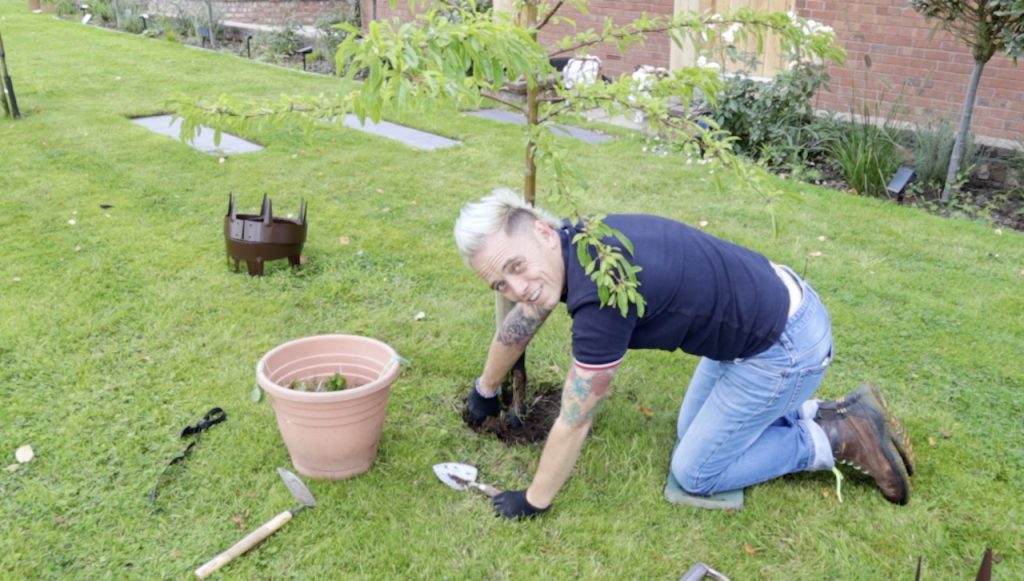
Sharp secateurs are essential for cutting back plants, deadheading flowers, and shaping shrubs. They're like your garden's haircut scissors! Try to invest in secateurs, as these will last you for decades compared to cheaper snips. Choose a pair that can be sharpened and that are 'bypass' NOT anvil secateurs.
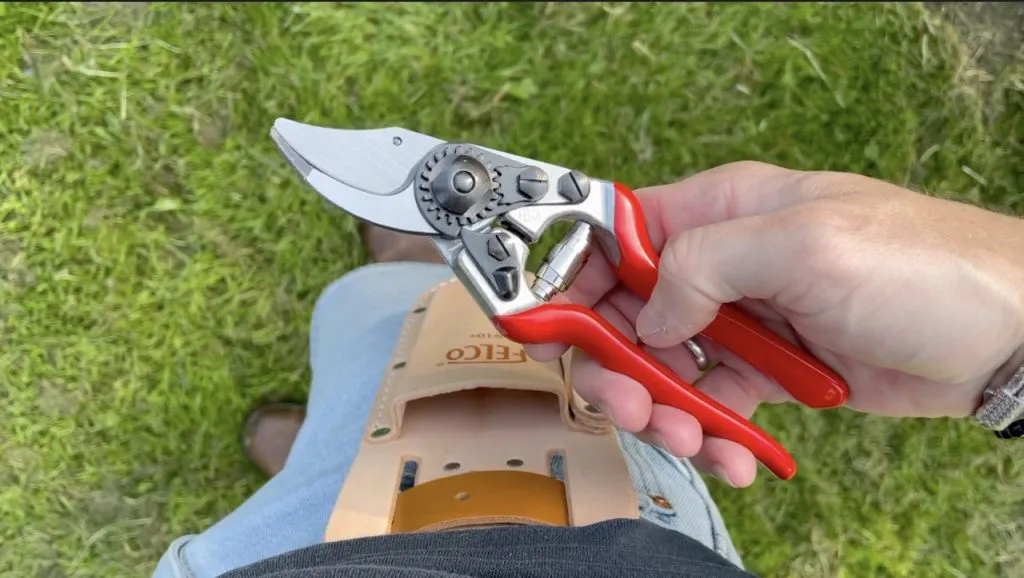
Protect your hands from thorns, dirt, and moisture while gardening with thick gardening gloves. Comfortable gloves make all the difference when you're getting your hands dirty. If you're going to be doing some serious gardening with pruning, pulling out thorny shrubs or weeds then Gold Leaf gloves are your go-to for hand protection.
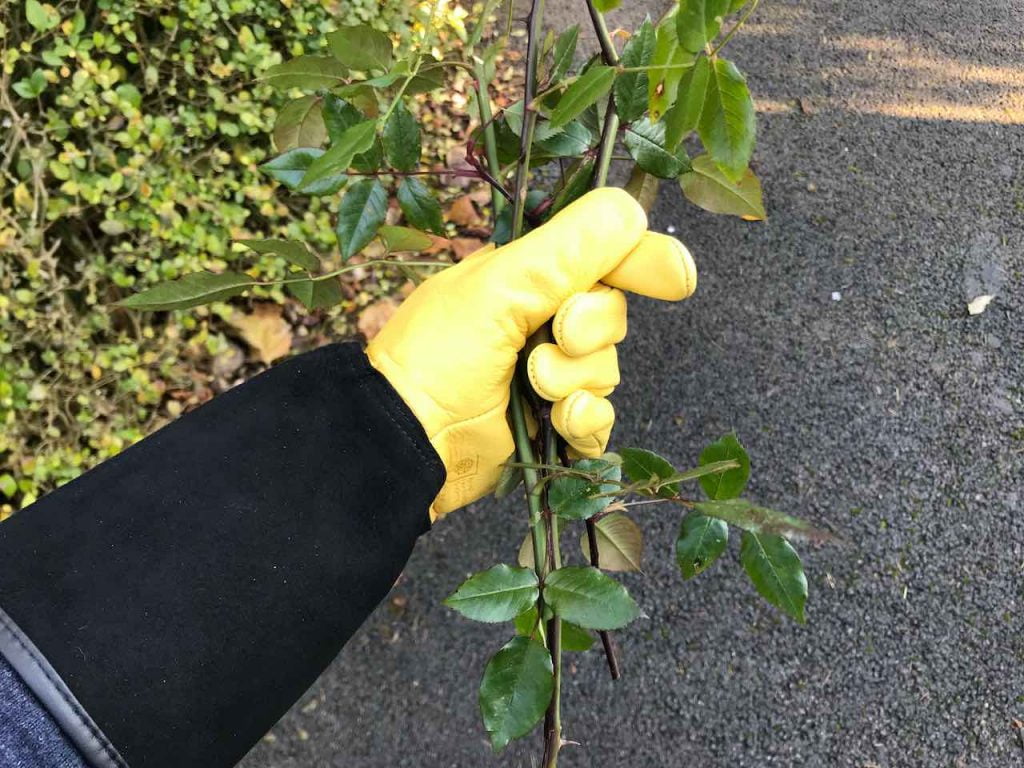
Keep your plants hydrated with a watering can or hose. It's your garden's lifeline, ensuring your plants thrive and flourish. A simple 10-litre watering can is sufficient for nearly all of your gardening needs. If you have a larger garden, then consider a heavy-duty hose that can be rolled back up.
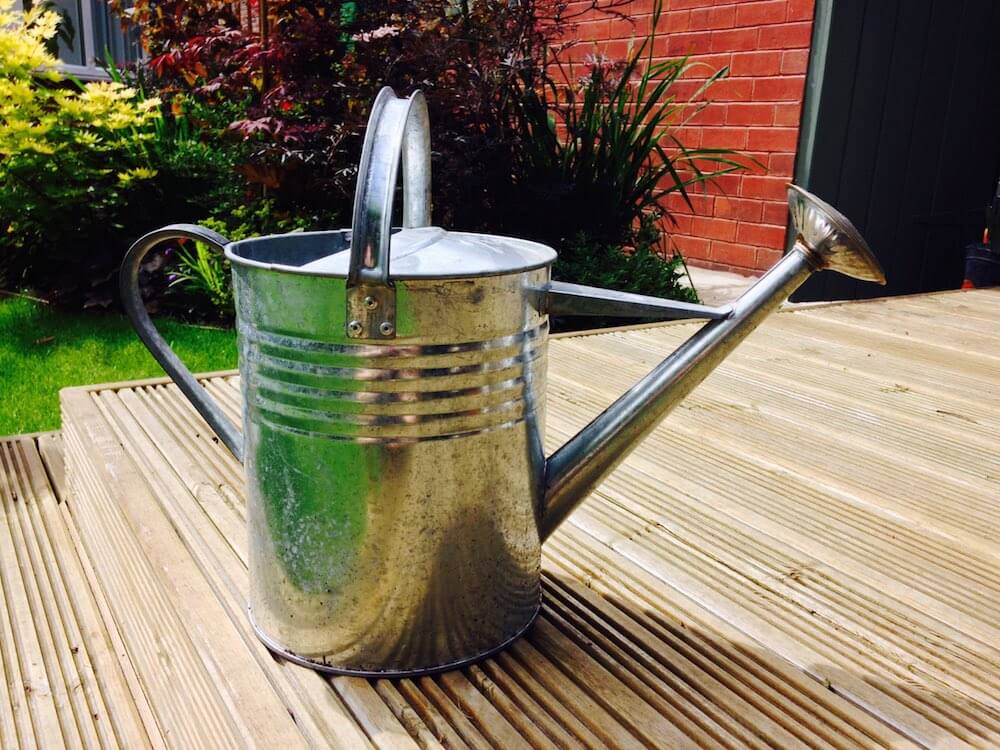
Use a garden spade to dig, level soil, turn compost, spread mulch, and tidy up your planting beds by removing weeds or spent plants. It's one of the most multifunctional of all the garden tools.
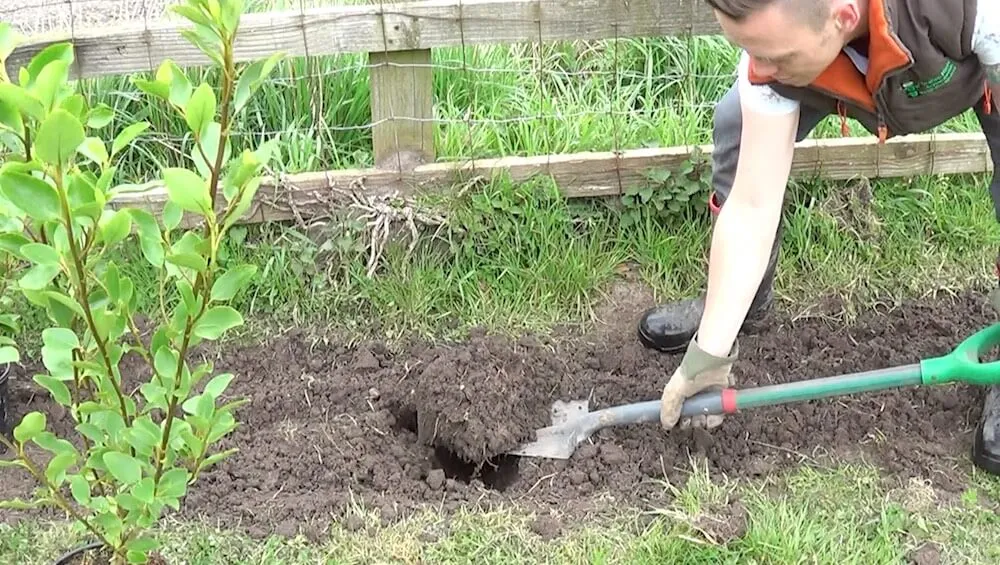
Regular garden maintenance is essential for nurturing healthy plants and minimizing pest and disease problems. If you're a time-poor gardener, then it's always best to choose plants and a garden layout that is low maintenance compared to a resource-intensive garden.
Especially as you start as a new gardener, you should look to create a manageable garden that meets the time budget you have to give to it each week. Then, as you develop into a full 'Ninja Gardener, ' you can develop your garden into a more complex and time-demanding space!
You may also want to consider a watering schedule based on plant needs, especially if you're growing resource-intensive vegetables. Consider the weather conditions and soil moisture levels and plan to get cover for any holidays where you won't be able to tend to the garden.
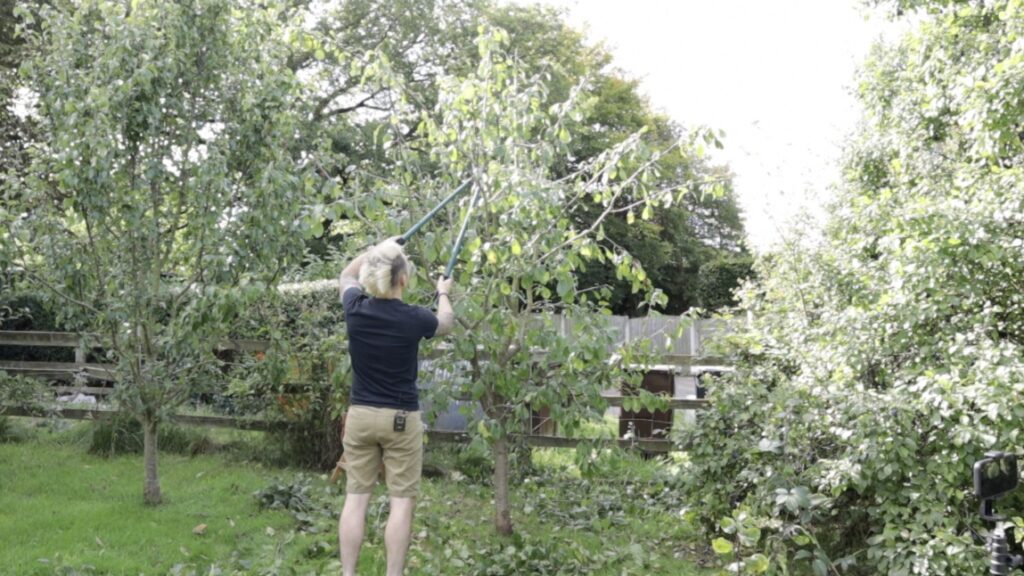
Implement organic pest control methods like hand-picking and companion planting, and encourage beneficial insects like ladybirds to manage pests naturally. Monitor plants for signs of stress, nutrient deficiencies, or irregular growth and address issues promptly.
For new beginner gardeners, it is tempting to want the garden to look its best 24/7 and 365 days of the year. This mainly concerns how TV gardening shows and social media showcase gardening. They show gardens in their prime, mid-summer, when everything is blooming. It gives the illusion that your garden will be in flower every day of the year, so gardens shown on platforms like Pinterest, Instagram and YouTube should always be taken with a pinch of salt.
The content creators are showcasing the very best bits of them, usually out of season and after many filters and tweaks for that reel or photograph. In reality, your garden will change according to the seasons, as shown below:
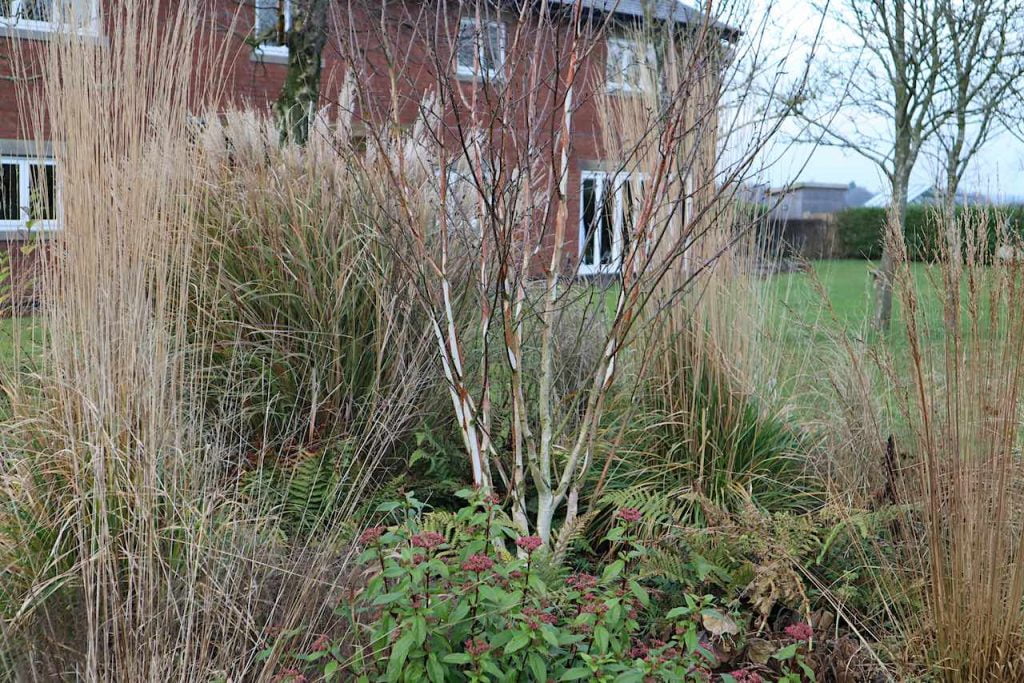
While great gardeners create interesting gardens in each season of the year, it's impossible to create a garden that holds the look of summer all year long. This is where growing with the seasons comes in. It is important that, as ethical and considerate gardeners, we work with and appreciate the seasons.
Any attempt to fool Mother Nature and force plants out of season will result in plenty of wasted effort, not to mention money. So, as gardeners, we always work with the seasons. We choose plants with different flowering or interests at different times of the year. Accepting that the garden will be asleep during late autumn and winter, and in spring and summer, the garden will be at its busiest time.
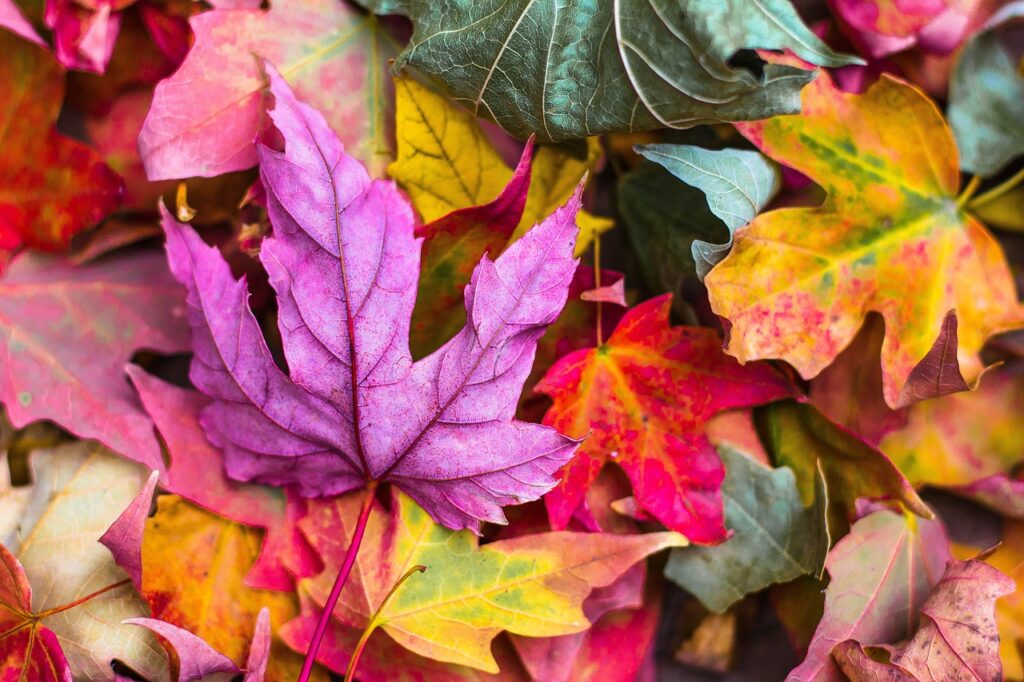
That is not to say that Autumn and Winter need to be boring in the garden. These slower seasons bring beauties not seen in spring and summer, such as textured tree bark, winter flowering shrubs, early winter bulbs and a rich textured structure to herbaceous perennials that are not cut back.
This is where that plant list we discussed above comes into play; you can also add details about when in the year each plant, tree or shrub flowers or has something of interest. Expert gardeners always include winter interest in their planting plants.
One of the best ways to improve your gardening skills as a beginner is to take a garden design or gardening course. You can take many weekend or distance courses from the RHS, local gardening groups, or horticultural colleges to help improve your skills. All of which will help take your gardening to the next level. But what if you don't have the time to attend an in-person course or the funds to commit to gardening?
That is where online gardening courses come in! Online garden courses cost a fraction of the price, can be completed at home in your own time and often provide far greater value for money when training as a gardener.
I offer a number of gardening and garden design courses to help take your skills to the next level so you can become a fully-fledged Garden Ninja!

The last tip, my dear budding newbie gardener, is to use the vast online resources for gardening advice. There are near-endless guides and video tutorials on how to garden and more interesting specific niche topics that you may need help with in your garden.
As you develop your gardening skills and you start to specialise in the areas of interest you want to find out about; you will also become more specialist. This is where the likes of YouTube and Google can be real assets. Simply search for the term you want to learn more about, i.e. 'what are espalier fruit trees' or 'how to graft a fruit tree', and you will be served up all sorts of gardening guides.
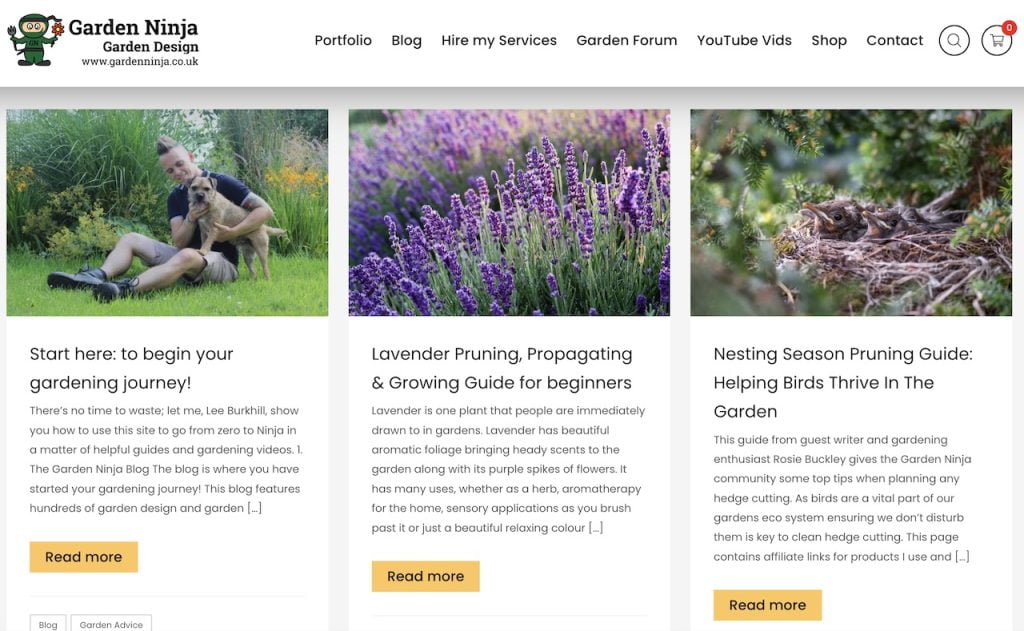
A few things to remember with online garden tutorials and advice is to check who is actually giving the advice.
Without sounding too cynical, there are plenty of amazing gardening blogs and Youtubers out there, but even more inexperienced, factually incorrect and sometimes made-up gardening influencers to watch out for. Always check their credentials and how long they have been practising horticulture, or just stick with Garden Ninja to be sure! 😉
Gardening is a journey of discovery, growth, and connection with the natural world. By embracing the fundamentals of garden planning, soil preparation, plant selection, and maintenance, you'll lay the groundwork for a beautiful and bountiful outdoor oasis. So roll up your sleeves, dig into the dirt, and let the magic of gardening unfold as you nurture your green thumb and cultivate a deeper appreciation for the wonders of nature.
If you have questions or comments on gardening, why not let me know below? You can Tweet, Facebook or Instagram me. You can also follow me on Youtube where I’ve got plenty of garden guide vlogs!



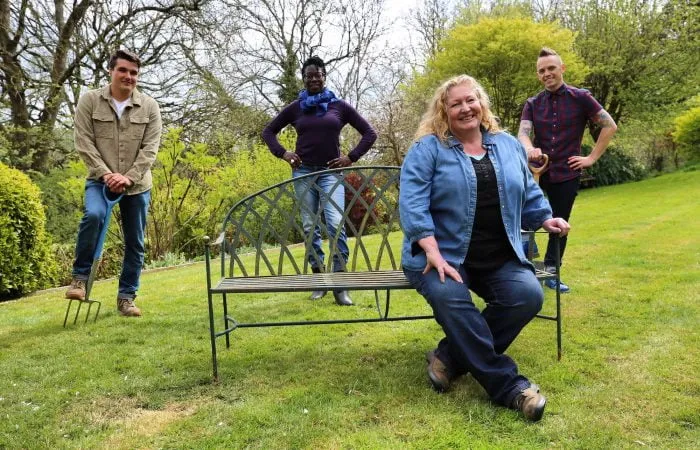
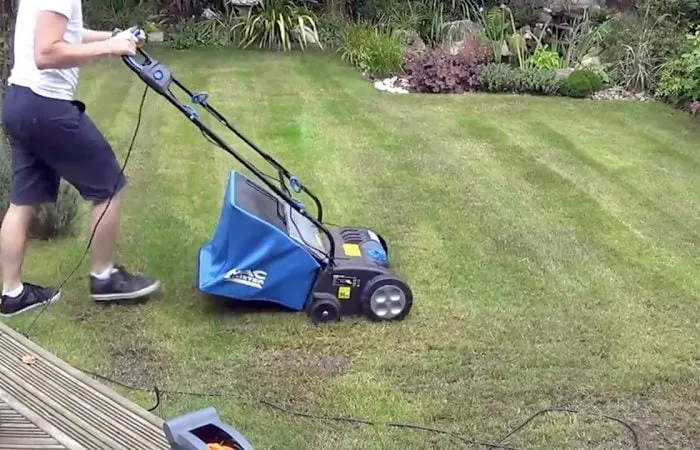
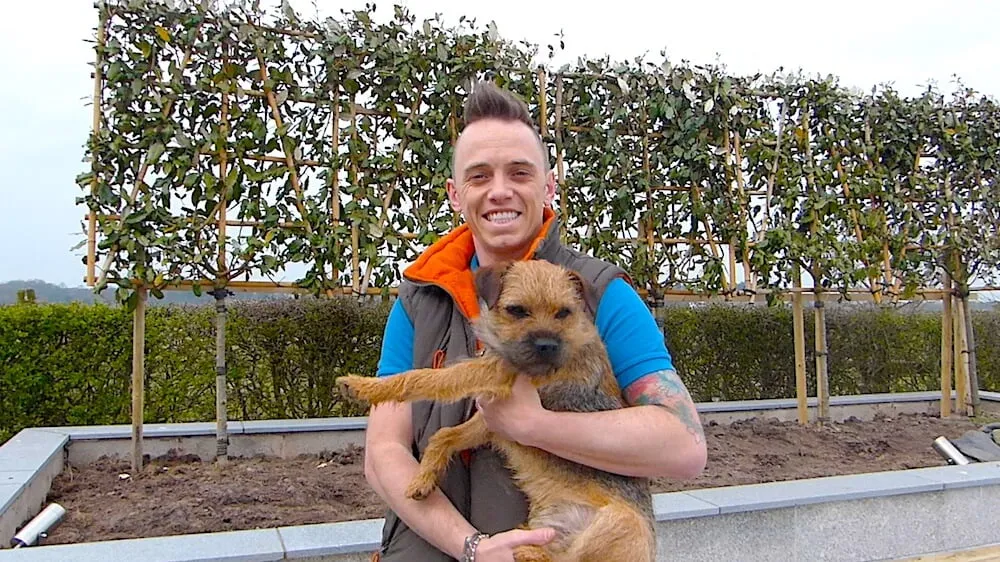
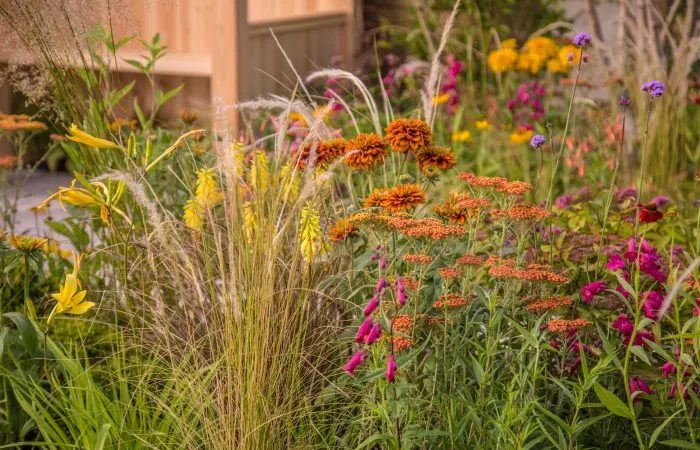
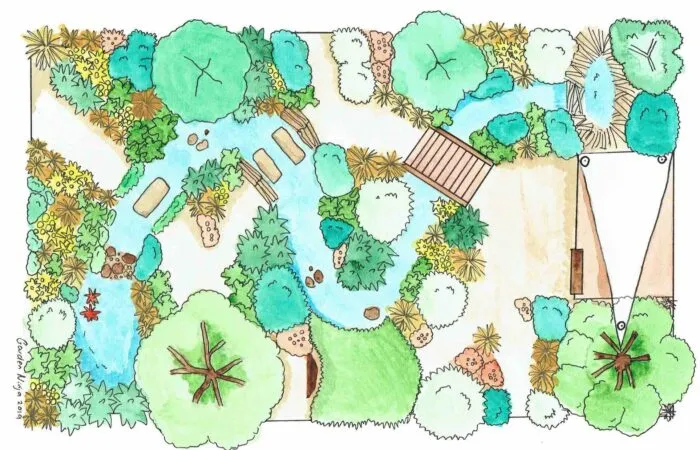
JOIN THE NINJAS

Be the first in line for new Guides, Discount codes and Offers